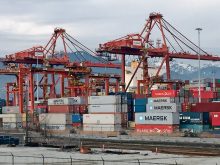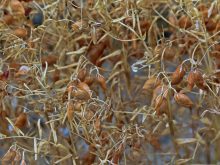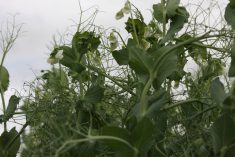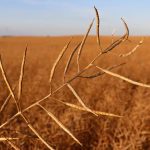Canadian honey production landed close to the five-year average this year, thanks partly to increased production in Alberta.
Total Canadian production for 2005 is close to 33.75 million kilograms, according to Statistics Canada. That’s just shy of the five-year average of 34.3 million kg.
But the news is not all sweet. Prices for bulk honey remain in the doldrums.
“What the Stats Canada figures don’t tell you is that the prices are miserable,” said John Gruszka, Saskatchewan Agriculture provincial apiculturist. “The prices are below cost of production right now.”
Read Also
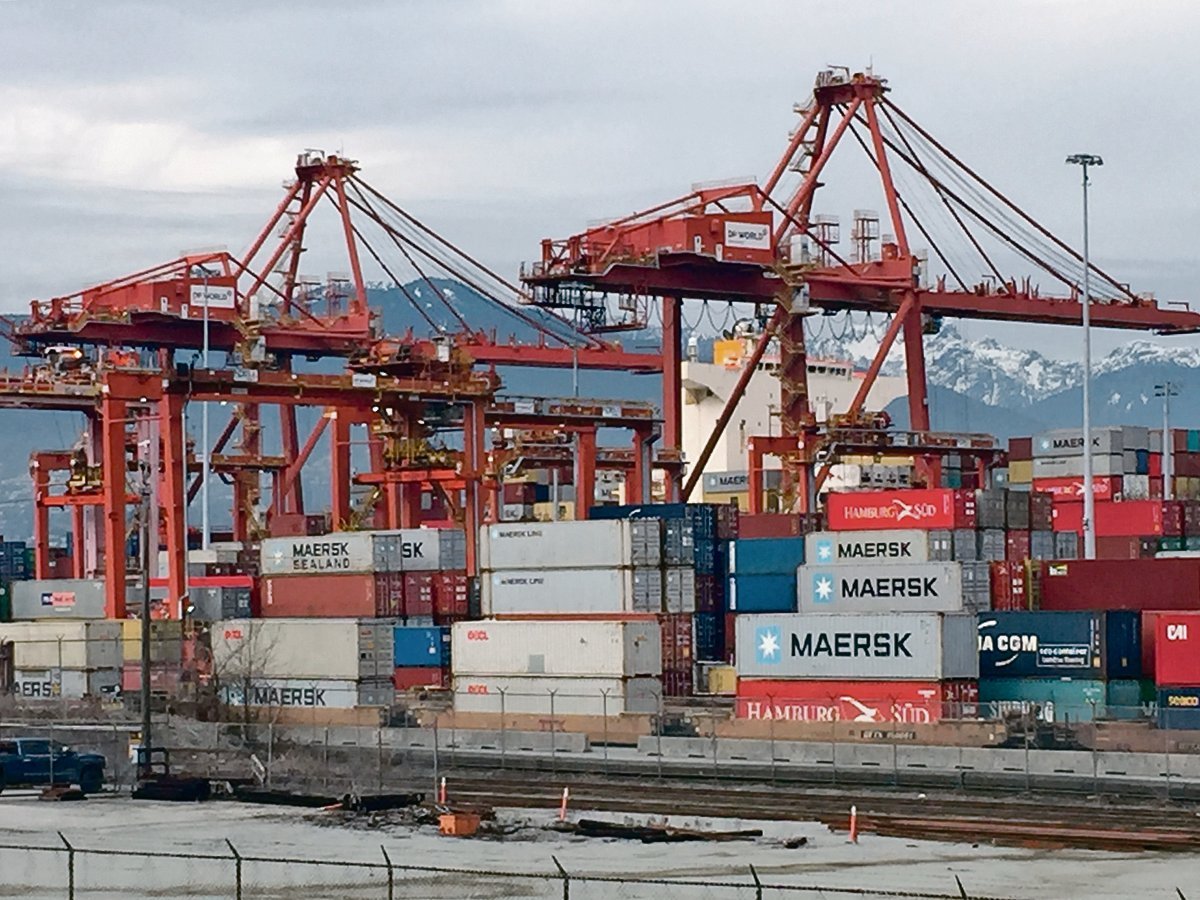
Message to provincial agriculture ministers: focus on international trade
International trade stakeholders said securing markets in the face of increasing protectionism should be the key priority for Canada’s agriculture ministers.
Alberta again led the country’s honey production with a harvest of more than 12.6 million kg. That was up from the five-year average of 12 million kg.
Yields per hive were below average in Alberta because of unfavourable weather later in the summer, said Alberta Agriculture provincial apiculturist Medhat Nasr.
“No honey came after the first of August because it was very cold and dry.”
He said Alberta’s production was propped up by the fact that beekeepers added more hives. The number of bee colonies in that province was 250,000, compared with the five-year average of 230,000.
Saskatchewan had the second largest honey crop in the country with 8.1 million kg. Over the past five years, that province had averaged 8.7 million kg.
The weather was generally favourable for production in Saskatchewan this year, Gruszka said.
“The bees came through in good shape in the spring and we had some early spring weather that gave the colonies a jump start. Even though June was rainier than normal, the bees were still progressing. We got four weeks of uninterrupted weather, kind of mid July to mid August, and that’s when the crop came in.
“Had we had a little more weather at the end of August we would have hit our 10-year average, or maybe even better.”
Statistics Canada reported an increase in the number of beekeepers in Manitoba, Saskatchewan and Alberta when compared to a year ago.
However, Gruszka said the increase of 30 beekeepers in his province was due mainly to people getting involved as a hobby.
“Our commercial industry that’s making its livelihood from this is relatively stable, perhaps increasing a little bit. The fluctuations were simply a function of mostly the hobbyist.”


